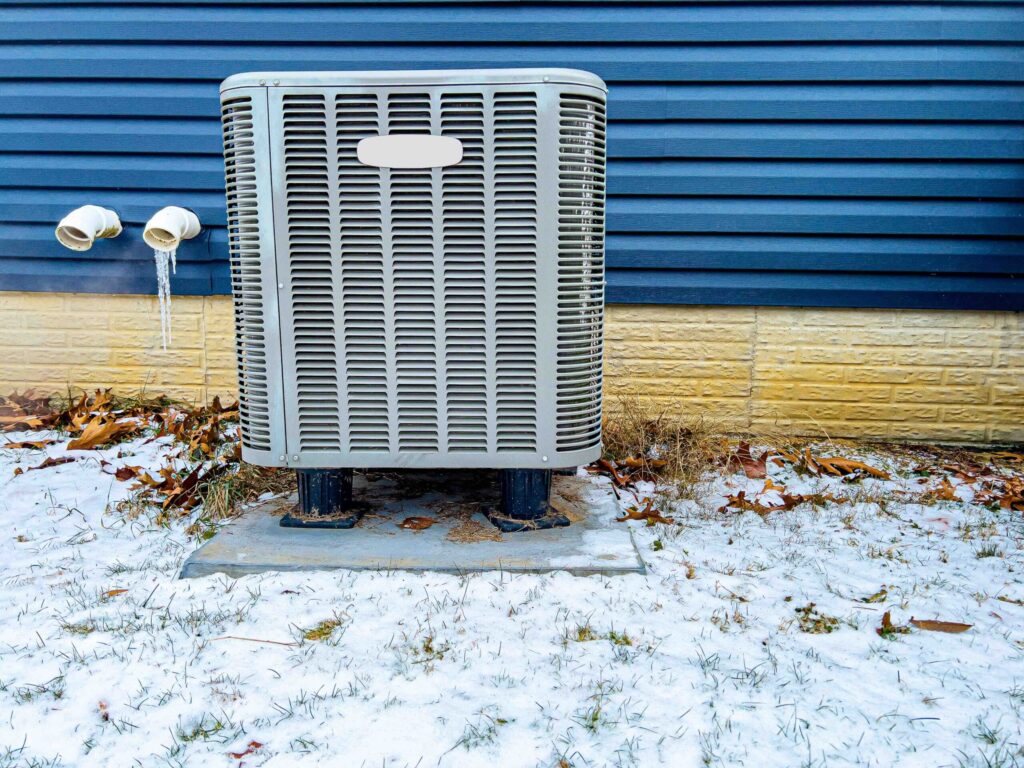
The Inflation Reduction Act’s climate funding included $9 billion for home energy rebates administered by the U.S. Department of Energy. (Jim Still-Pepper/iStock via Getty mages)
With the news of Trump’s re-election comes a big question facing states, municipalities, nonprofits and private companies: How will we continue to fund efforts to address climate change?
In the short term, federal agencies are working as quickly as possible to release all remaining grant and competitive funds. There have been many recent opportunities to access grant funding from the Bipartisan Infrastructure Law and Inflation Reduction Act, but with the new administration likely changing priorities, alternative innovative financing solutions will be the next and most vital path forward to ensuring sustainable funding for a sustainable future.
For those worried about how to make this happen, looking to Colorado as a case study for what it takes to create a system for longer-term energy investments — independent of the whims of federal legislation — is a great start.
GET THE MORNING HEADLINES.
In 2018, Colorado took a bold step by establishing the Collective Clean Energy Fund, or CCEF — previously known as the Colorado Clean Energy Fund — to serve as the state’s green bank, a financial institution focused on deploying public and private capital to fund clean energy and energy efficiency projects. Unlike traditional banks, green banks aim to bridge the financing gap for green projects by using public funds to attract private investment, thereby amplifying the impact of each dollar spent and creating a revolving pool of capital that continues to support clean energy projects over time.
CCEF’s establishment was followed by seed funding in 2021 through Senate Bill 21-230, allocating $30 million from the Colorado Energy Office to CCEF. This investment focused on advancing clean energy generation, enhancing energy storage, decarbonizing buildings, and electrifying transportation, particularly in low-income and disadvantaged communities. The goal was to strategically use public funds to drive large-scale clean energy improvements and ensure that these benefits reach all corners of the state. This demonstrated a visionary strategy that has set a precedent for national efforts and set the stage for Colorado to bring hundreds of millions of dollars in federal financing to the state and surrounding region.
The results have been remarkable. CCEF has used Colorado’s initial investment ($25 million of investment capital) to increase its lending capacity tenfold in less than three years, meaning the organization now has more than $250 million of assets under management. CCEF has not only expanded its portfolio capacity significantly, but it has also mobilized and unlocked an impressive $163 million of private capital through its investments.
In 2023 alone, CCEF:
- Supported 900 residential loans through the Colorado RENU Program for home energy efficiency, renewable energy, and electrification upgrades across Colorado
- Executed 17 commercial loans for various building types and clean energy technologies
- Supported over 400 affordable housing units with improved energy performance and living conditions
- Launched a new financing initiative called Electrify and Save, a utility tariff on-bill repayment program designed to increase access to clean energy for residents in rural Colorado and beyond
Mobilizing private capital for greater environmental impact
In 2024, CCEF was able to leverage the initial seed capital provided by the Colorado Energy Office to win historic federal grant awards, including administering a $50 million loan from the U.S. Department of Agriculture’s Rural Energy Savings Program through its partnership with Tri-State Generation and Transmission Association. This made it possible for CCEF to make no-money-down, low-interest on-bill financing available to Tri-State members.
Most recently, CCEF was announced a sub-awardee of the EPA’s Greenhouse Gas Reduction Fund, through the selection of the Coalition for Green Capital for part of the National Clean Investment Fund competition. CCEF anticipates receiving over $100 million for projects in the following priority categories: Net-Zero Emissions Buildings, Distributed Energy Generation and Storage, and Zero-Emissions Transportation. Submissions are now being accepted through December 31, 2024 for shovel-ready projects that anticipate closing within the next six to 12 months.
While the future is unclear as to whether this type of federal funding will come around again, this model is not just a win for Colorado but a blueprint for other states and nations striving to meet their climate commitments. As the world moves forward, embracing such innovative financing solutions will be essential to ensure a sustainable and equitable transition to a clean energy future.
CCEF anticipates using its GGRF subaward to mobilize private capital at a rate of 3:1 private capital to public capital, meaning its leveraging ratios will continue to increase over time. This demonstrates the organization’s ability to access vast sums of private capital that still sits on the sidelines of the climate fight, further demonstrating the distinct superpower of the green bank model.
This approach showcases how public sector investment can catalyze private sector growth, creating a dynamic financial ecosystem that perpetually supports clean energy projects. By recycling and revolving the capital, CCEF ensures that the funds keep generating positive outcomes for decades to come.
In light of the change at the federal level, Colorado’s strategic partnership through CCEF underscores the power of blending public investment with private sector innovation. It stands as a testament to how thoughtful financial planning and collaboration can propel us towards a greener, more sustainable world.
YOU MAKE OUR WORK POSSIBLE.

